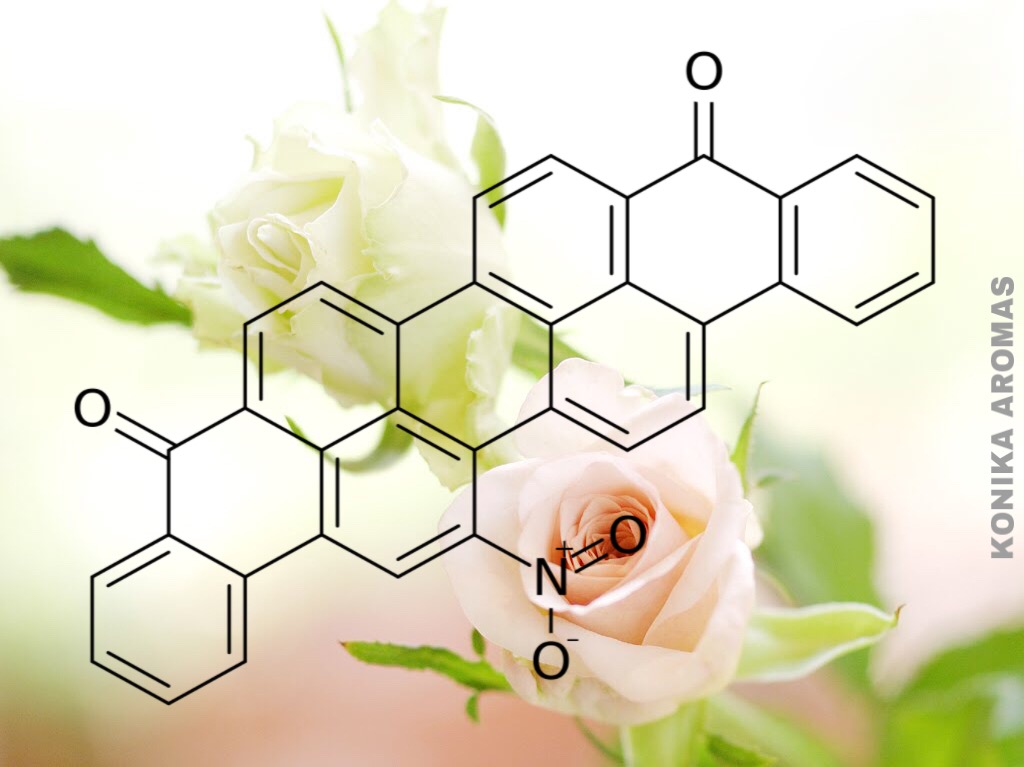FLORAL FRAGRANCES
Floral odors is like a beautiful flower which may not be visible, but whose prsence makes the ambience of delight.
FLORAL FRAGRANCES
The Mother of Fragrances
FLORAL NOTE
Floral notes are composed of all the volatile organic compounds (VOCs), or aroma compounds, emitted by floral tissue (e.g. flower petals). Only freshly opened flowers produce odors, while buds and withered flowers lacked scent or mildly fragrant. Thus a fragrance compound for a blossomed flower will be different from the one nipping bud. The compounds belong to seven major compound classes, of which the aliphatics, the benzenoids and phenylpropanoids, and, among the terpenes, the mono- and sesquiterpenes, occur in most orders of seeds plants. C5-branched compounds, irregular terpenes, nitrogen-containing compounds, and a class of miscellaneous cyclic compounds are found in about two-thirds of the orders.
FLORAL PERFUMERY COMPOUNDS
Flower scent is a composite character that is determined by a complex mixture of low molecular weight volatile molecules. Due to the invisibility of this character, to the shortcomings of humans’ sense of smell, and to the highly variable nature of the trait (in part because of strong environmental influences), no simple, efficient, and reliable methods to screen for genetic variation have been developed. Most fragrance compounds belong to three major groups: phenylpropanoids (including benzenoids), fatty acid derivatives, and terpenoids.
| Product Name | Odour |
| Floral.Compounds | Strong Floral, Green, Leafy, Fancy, Fresh. |
Application Suitability
Although all floral organs can emit fragrance compounds, petals are the main source of scent in most plants. Some plants have developed highly specialized anatomical structures, termed “scent glands,” for fragrance production. This makes their application suitability extremely vast and diversified.
Our fragrances are free from alcohol, non-inflammable, non-hazardous, non-toxic and for industrial use only.
There suitability chart is as follows:
| Application | Suitability |
| Alcoholic Perfume | 9 |
| Anti-perspirants/Deo | 9 |
| Creams and Lotions | 9 |
| Lipsticks | 8 |
| Talcum Powder | 8 |
| Tablet Soap | 9 |
| Liquid Soap | 8 |
| Shampoo | 9 |
| Hair Conditioner | 7 |
| Bath/Shower Gel | 8 |
| Cold Wave | 1 |
| Acid Cleaner | 6 |
| Ammonia | 4 |
| Chlorine | 1 |
| Detergent Powder | 8 |
| Liquid Detergent | 6 |
| Fabric Softener | 7 |
| Candles | 8 |
| Pot Pourri | 9 |
| Incense Sticks | 8 |
APPLICATION SUITABILITY
9 = Very Good Performance
8 = Good Performance
7 = Reasonable performance
6 = Fair performance
5 = Mediocre performance
4 = Slight stability problems
3 = Discoloration Problems
2 = Stability problems
1 = Major problems
0 = XX Not recommended for use
Please Note: Due to the fact that our fragrances are very concentrated, we suggest that you test our fragrances in finished products before you make any conclusions about our fragrances. Since our fragrances are so strong, we suggest only using 0.5 to max 4% in any finished product. Our testing notes should never take the place of your own personal testing. Always test fragrance in finished (product) applications.


